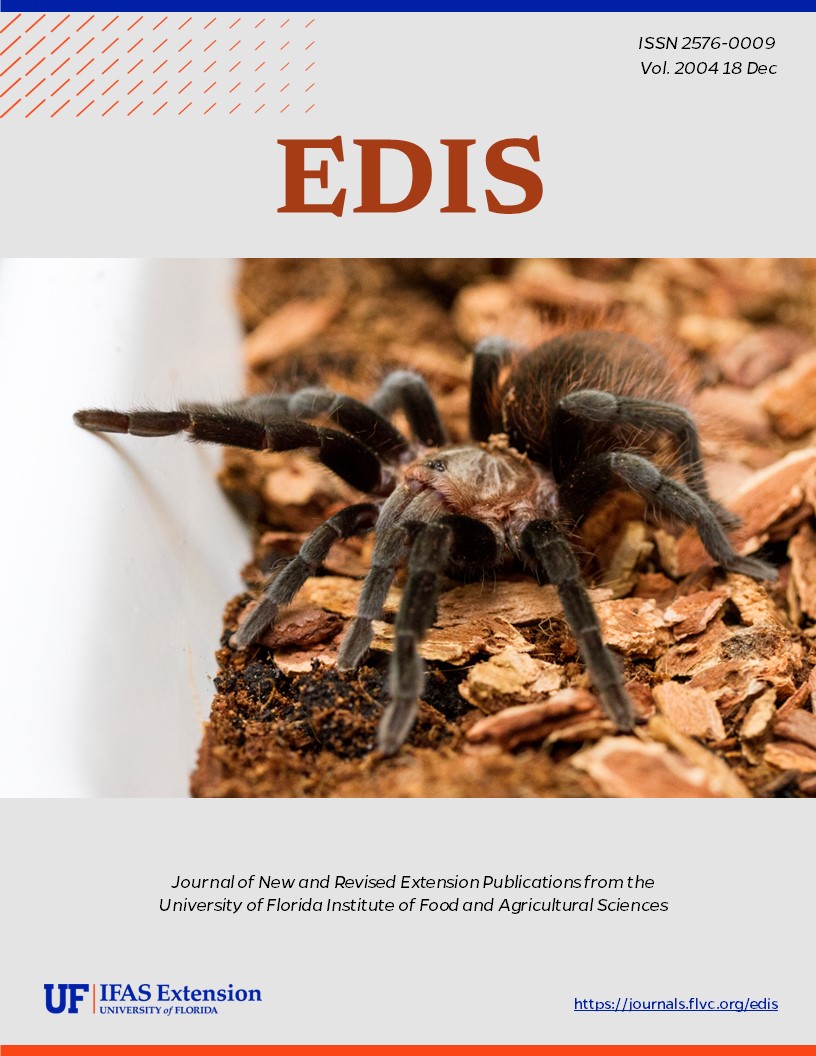Abstract
Sorghum (Sorghum bicolor (L.) Moench) and sorghum-sudangrass (S. bicolor x S. sudanense (Piper) Stapf) are often used in crop rotation systems in Florida. Not only do they produce a source of forage or silage for animal feed, but many cultivars are effective in reducing population levels of root-knot nematodes, which are key nematode pests in Florida as well as many other parts of the world. Sorghum-sudangrass (S. bicolor x S. sudanense), also known as sorghum x sudangrass, sudax, or sudex, is a hybrid between sorghum (S. bicolor) and sudangrass (S. sudanense). Specific cultivars of either sorghum, sudangrass, or sudex provide a potential for nematode management, with the hybrid having more advantages over either one of its parents. This document is ENY-716, one of a series of the Department of Entomology and Nematology, Florida Cooperative Extension Service, Institute of Food and Agricultural Sciences, University of Florida. Date first printed: September 2004.
ENY716/IN531: Nematode Management Using Sorghum and Its Relatives (ufl.edu)
Unless otherwise specified, articles published in the EDIS journal after January 1, 2024 are licensed under a Creative Commons Attribution-NonCommercial-NoDerivs 4.0 International (CC BY-NC-ND 4.0) license.

